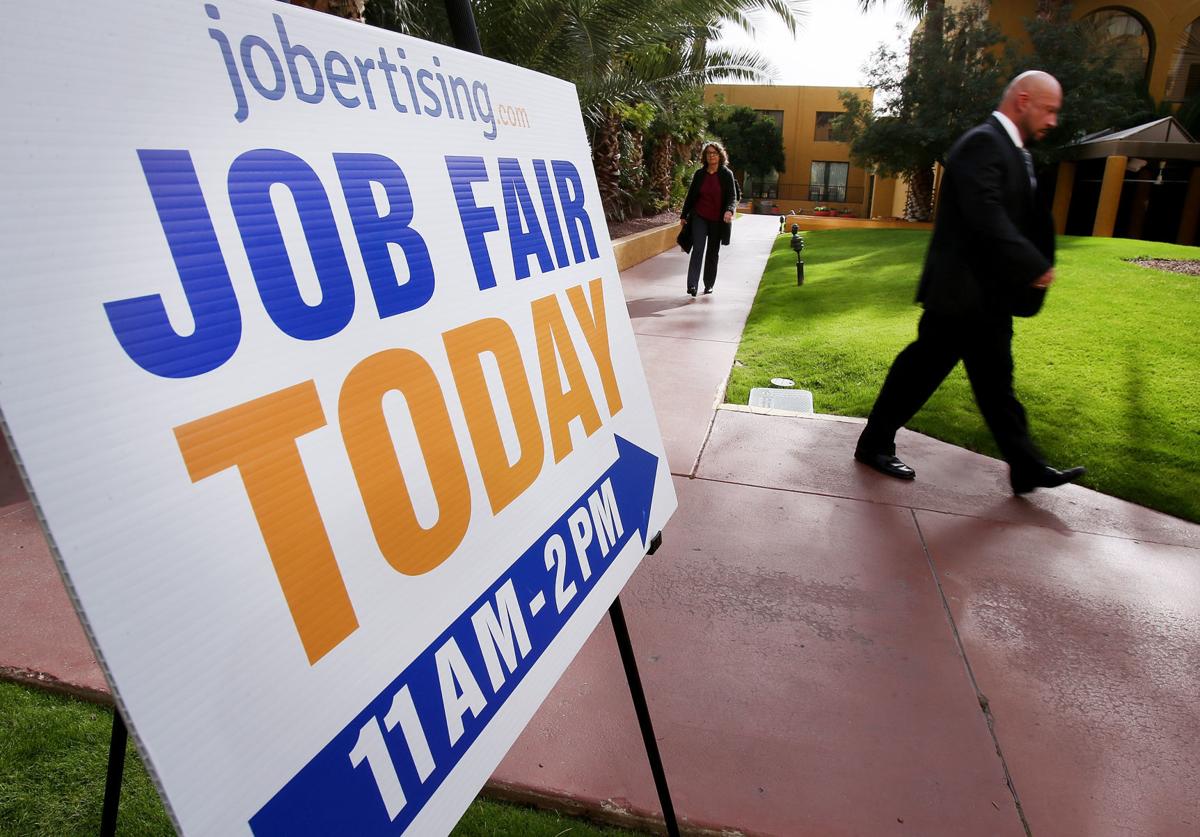Arizona’s seasonally adjusted jobless rate ticked up a tenth of a point last month, to 5 percent, driven by weaker than normal growth in the private sector.
Companies added 10,300 jobs in August. That compares with an average gain of 15,600 during the past decade at this time of year.
The new numbers increase the difference between what’s happening in Arizona versus the rest of the country, where the unemployment rate for August remained at 3.7 percent.
But the overall economic situation remains good in Arizona, said Doug Walls, the labor market information director for the state’s Office of Economic Opportunity.
He said the number of people in the labor force here is up by 2.8 percent in the past year compared to 1.3 percent for the rest of the country.
As has been the pattern for some time, retail trade remains weak in Arizona, shedding another 1,100 jobs between July and August.
At the same time, though, employment in transportation and warehousing — including the e-commerce firms — is up by 1,900.
Aside from the shift in consumer buying patterns, there may be another factor at work, particularly in Southern Arizona: ramped-up border security that has led to longer lines at ports of entry.
“We are seeing weak retail job growth here in Pima County,” said George Hammond, director of the Economic and Business Research Center at the Eller College of Management at the University of Arizona.
Part of that issue, he said, is likely related to the fact it is more difficult for shoppers from Mexico to get across the border to make their purchases.
That is borne out by statistics showing northbound crossings from Mexico into the United States have been “significantly slower,” Hammond said.
Mexican shoppers aside, Hammond said the fact remains that the growth rate in the Phoenix area, where three-fourths of the jobs are located, has historically been faster, driven by a more diverse economy.
The latest monthly report produced few surprises, with growth in most major economic sectors.
One outlier is construction, which lost 1,300 jobs between July and August.
That could be a statistical aberration, as the industry has been showing strong and steady growth for awhile, with the number of people working in construction now up 9.5 percent from a year ago.
Manufacturing employment is up by another 300 in August, with a 5.4 percent year-over-year increase.
Wages go up but still lag
The new report also found that wages in Arizona in the past quarter are up 3.3 percent from the same time a year earlier.
That is less than the 3.5 percent figure for the nation as a whole. And it leaves the average hourly wage in Arizona at $26.54, compared with $27.89 nationally, nearly 5 percent lower.
Walls said wages in Arizona have traditionally run behind the rest of the country, and the cost of living is also lower here.
The latter point, however, is subject to debate. The website BestPlaces, which provides advice to those seeking to move, finds the overall cost of living in Arizona is 12.4 percent higher than the national average.
But USA Today, in a May 2018 story, found Arizona to have lower-than-average costs when all factors are combined. It concluded that what the average dollar could purchase nationally could buy $1.04 worth of goods and services in Arizona.





